Peterhof Palace is located about 30 kilometers west of Saint Petersburg, on the coast of the Baltic Sea, and is known as the “Russian Versailles.” Built in the 18th century at the request of Tsar Peter I, the palace was designed as a summer residence to reflect the power and magnificence of the Russian Empire. Masterfully blending Baroque and Neoclassical architectural elements, this complex consists not only of palace buildings but also of a unique landscape arrangement of vast parks, magnificent fountains, and statues.
Today, Peterhof is one of the most visited cultural heritage sites in the world, both for its historical significance and artistic beauty. Listed as a UNESCO World Heritage Site, the complex is especially famous for its unique water displays and fountains, which are active during the summer months. It offers visitors a deep insight into Russia’s imperial era as well as the perfect harmony of nature and art. The palace’s rich collections, dazzling halls, and enchanting gardens make it one of the must-see landmarks for those visiting Saint Petersburg.
1. Where is Peterhof Palace?
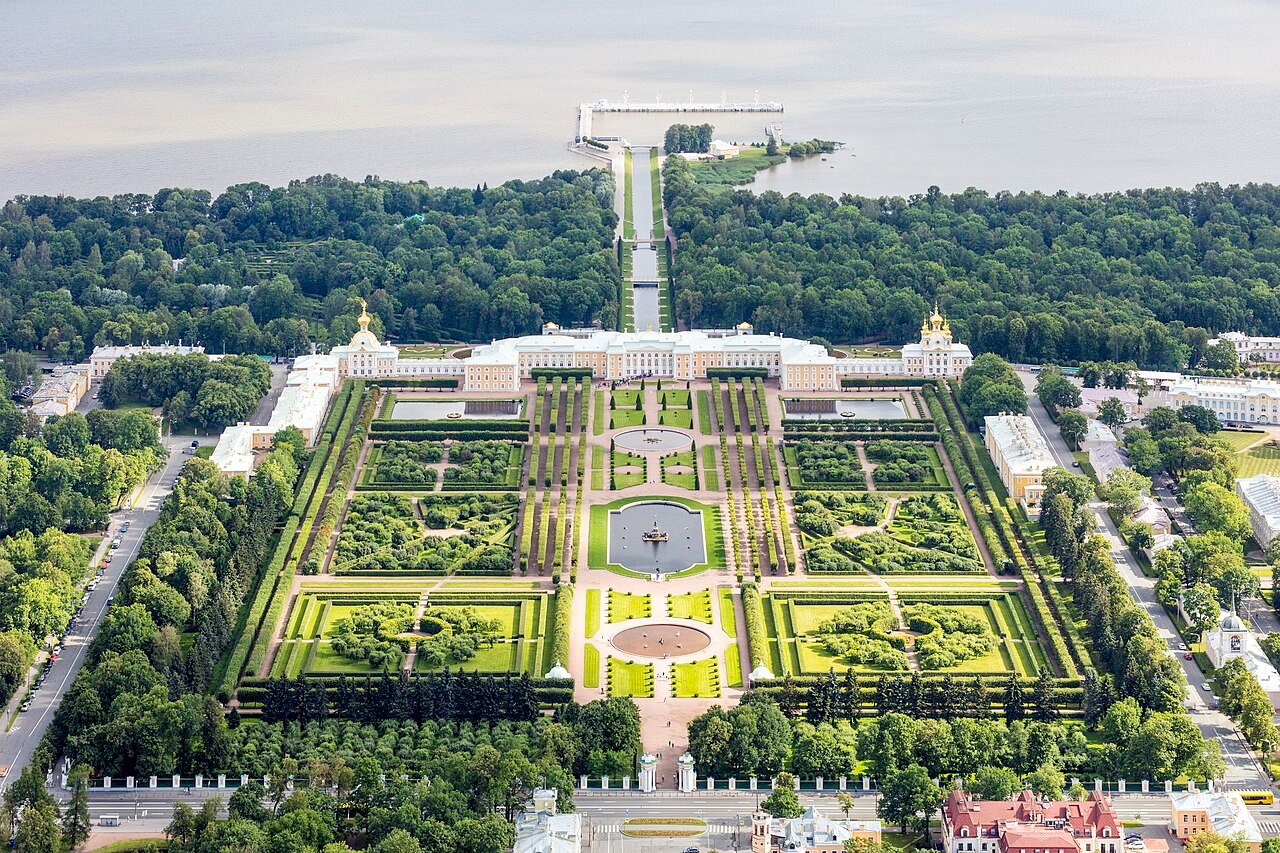

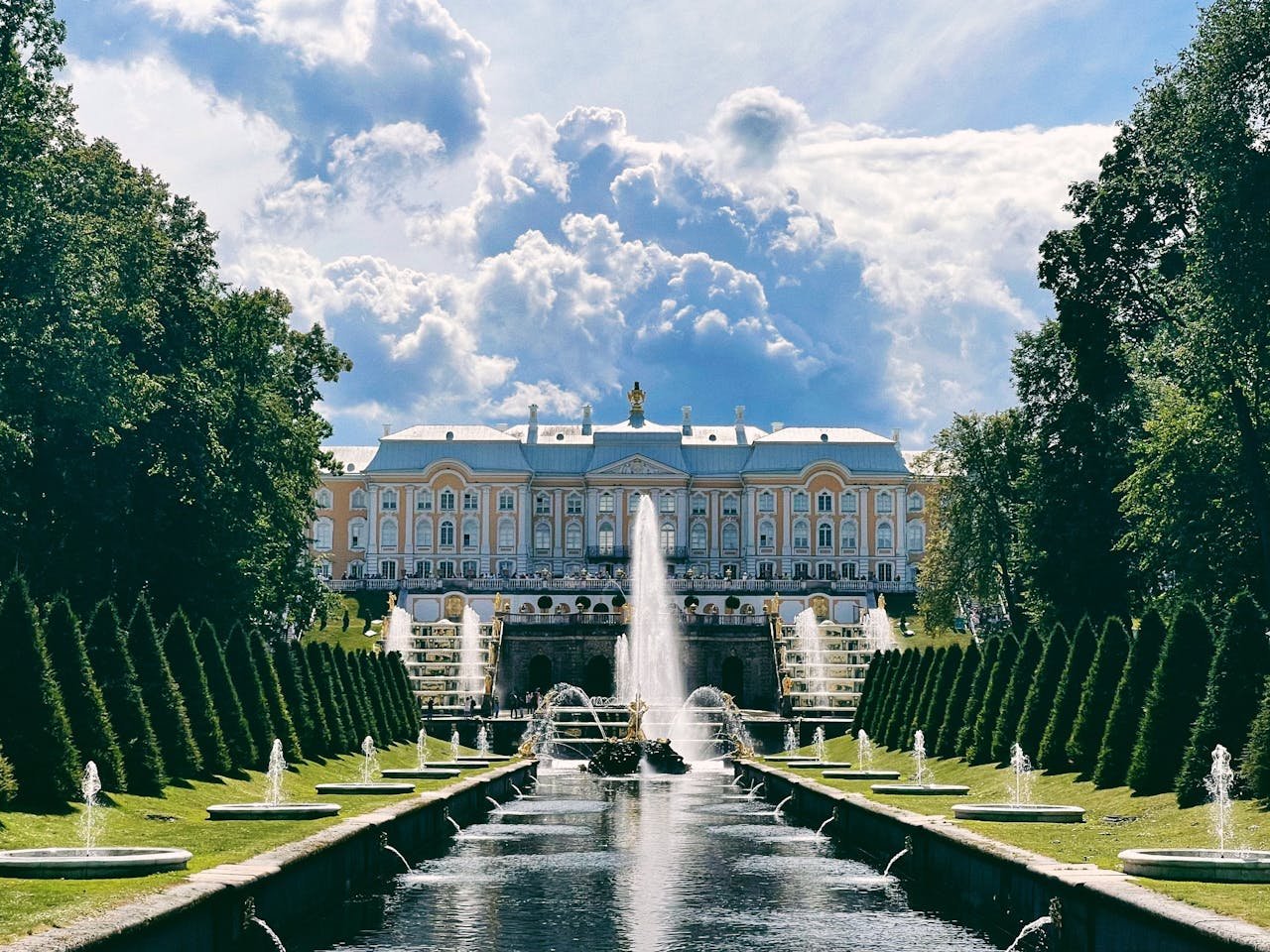
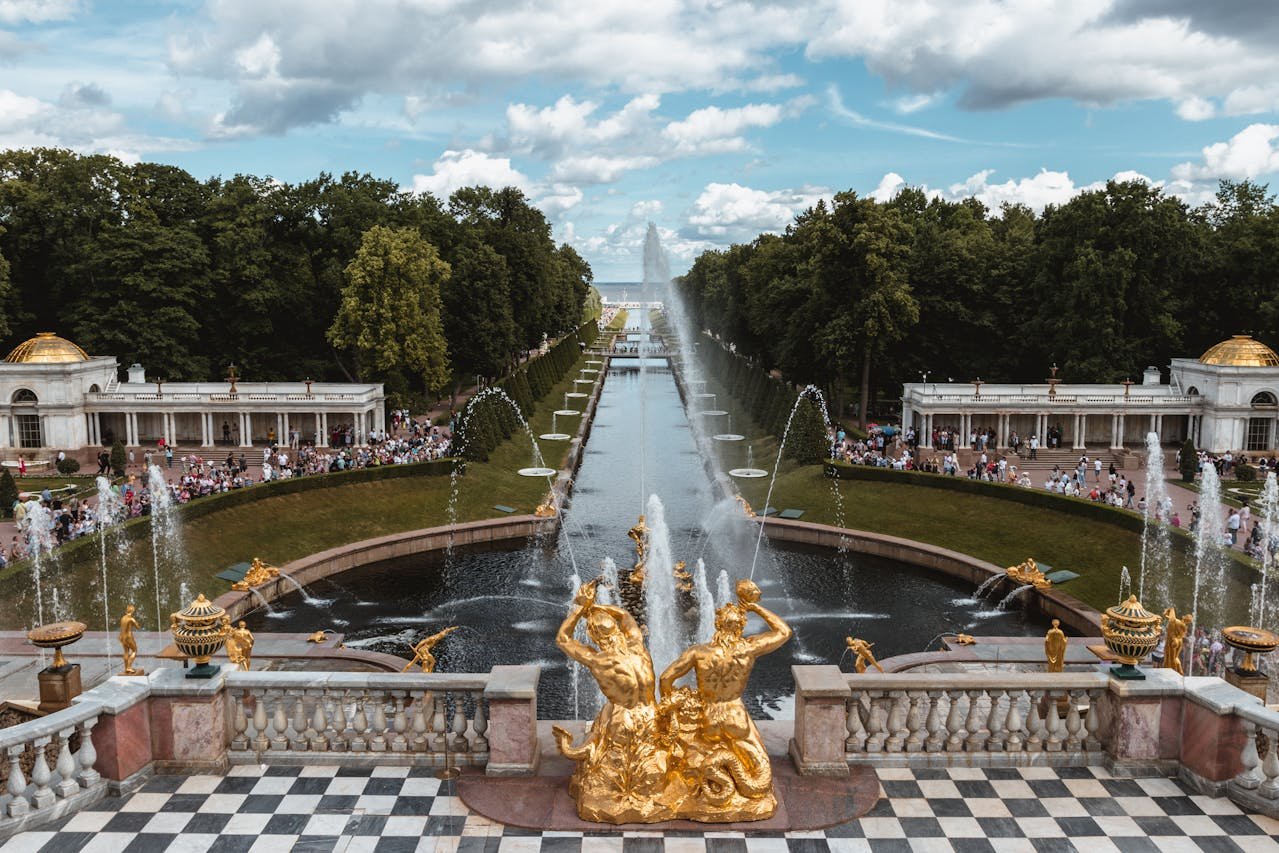
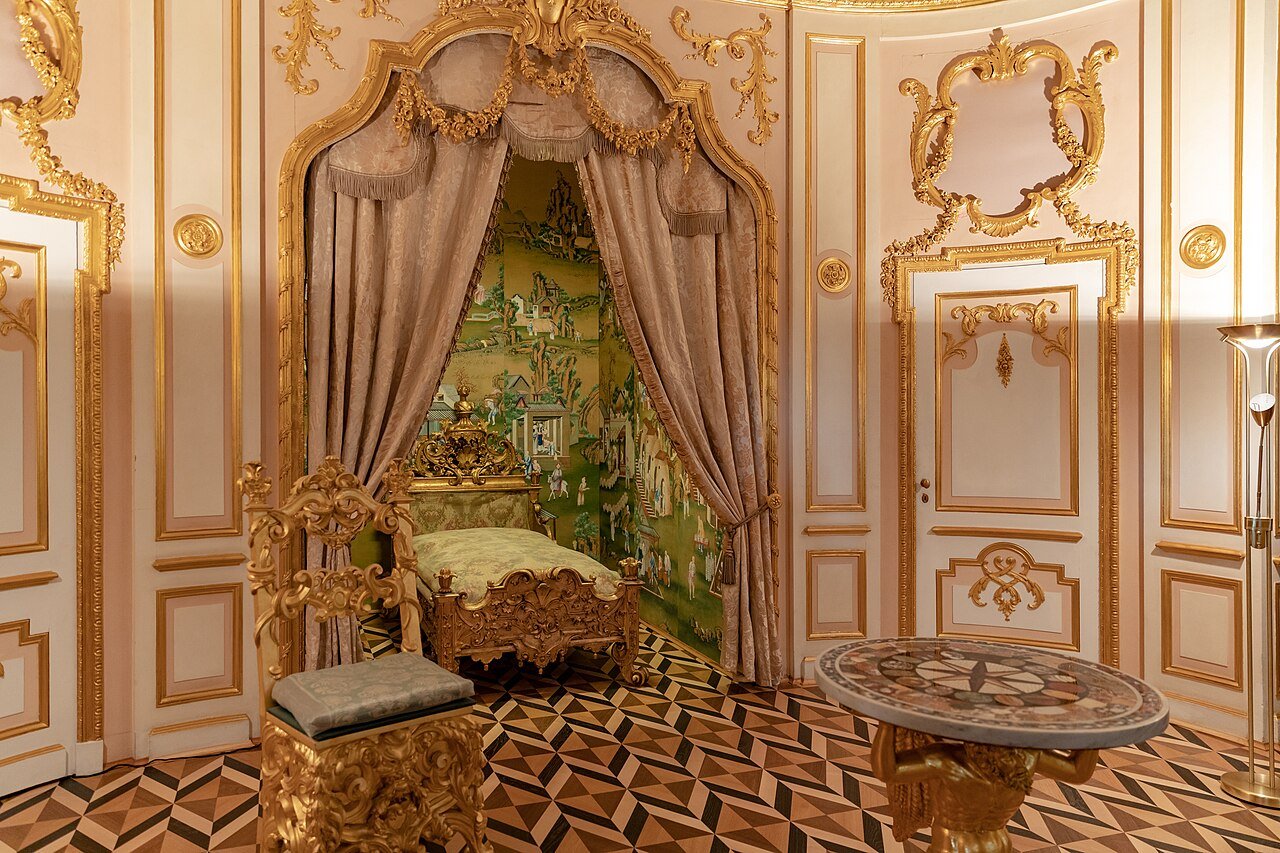
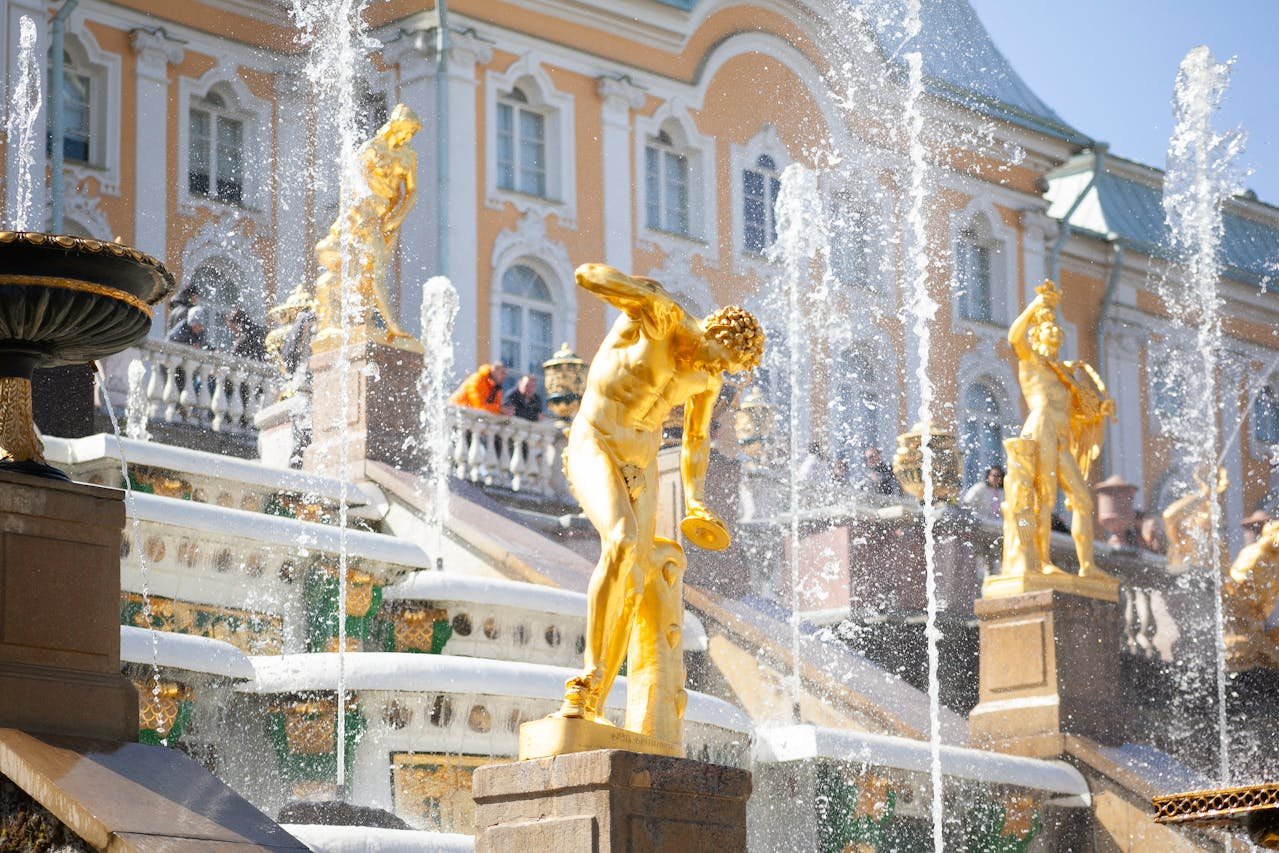
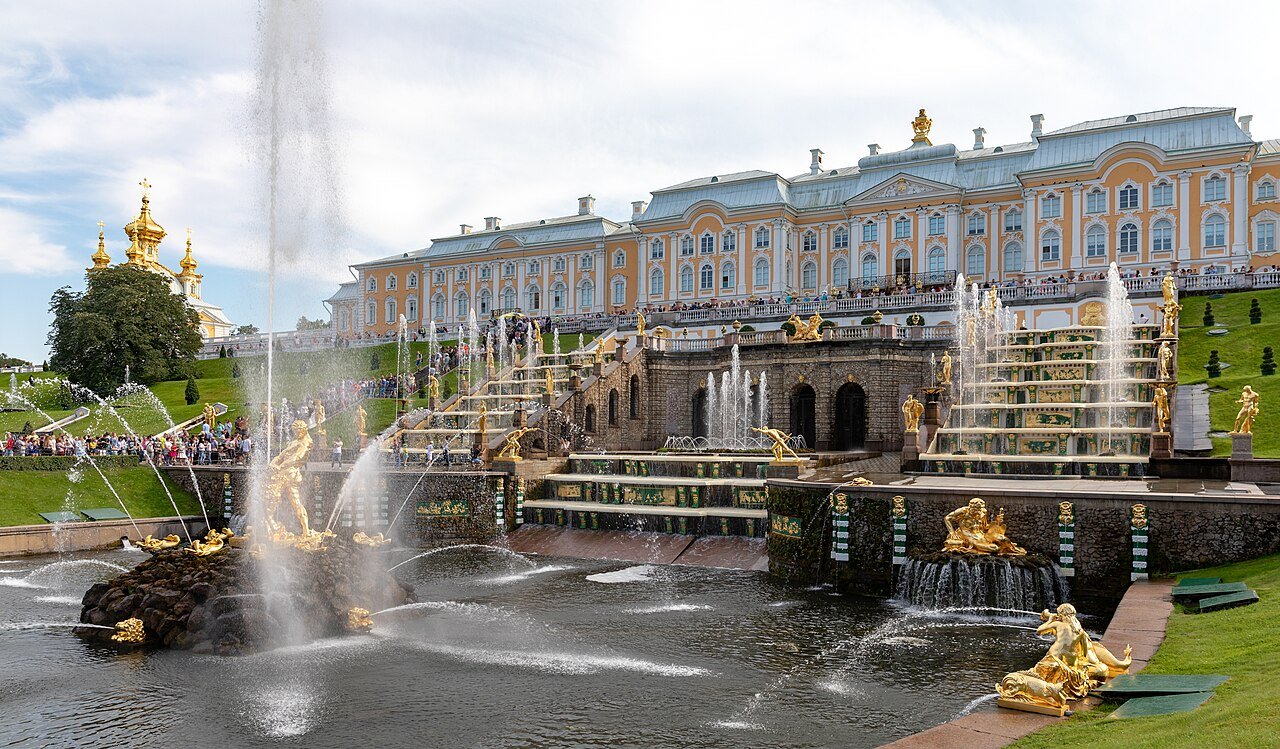
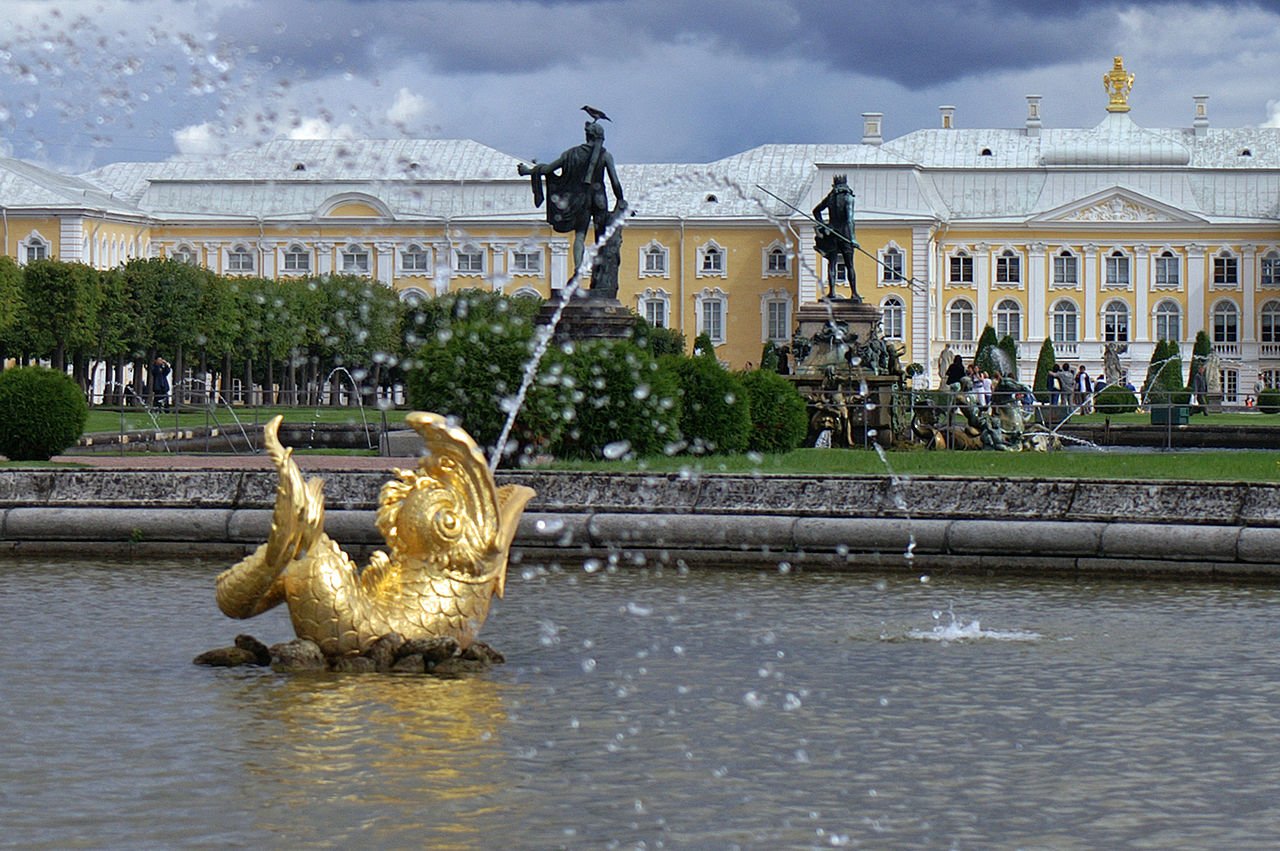
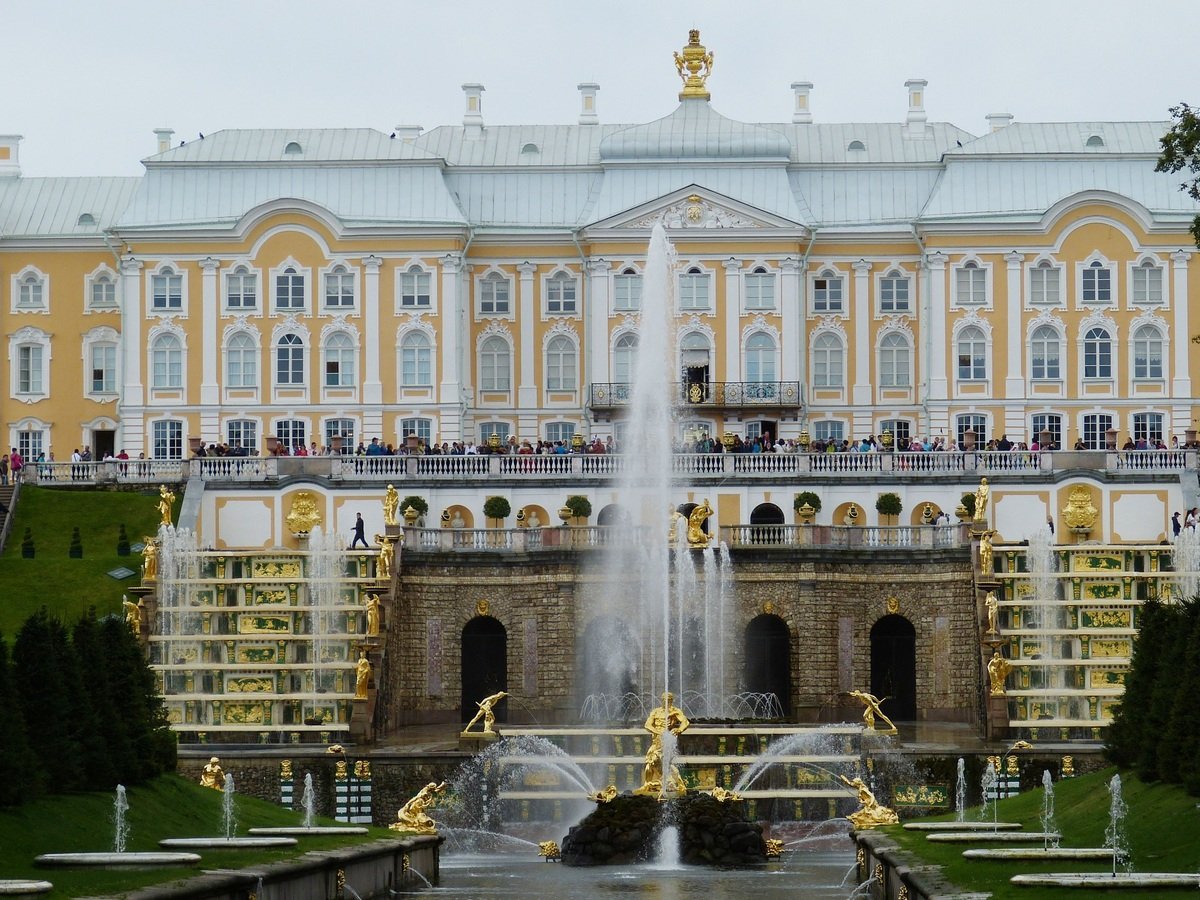
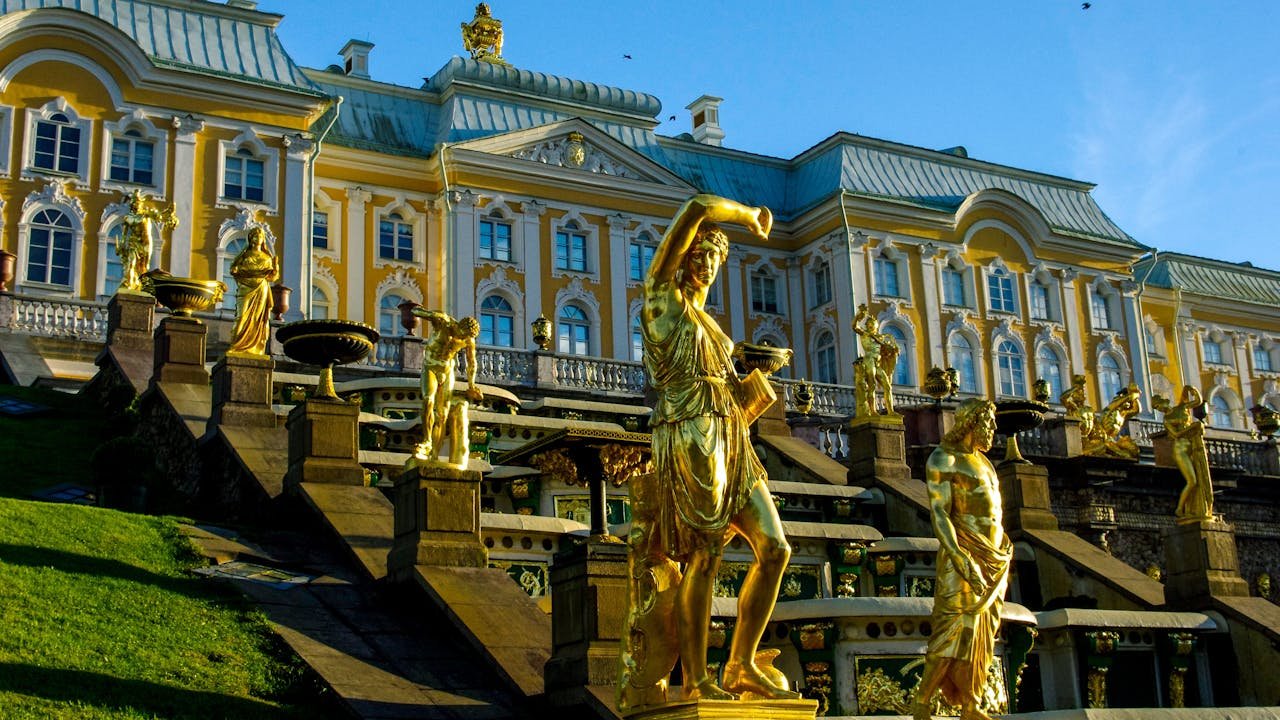
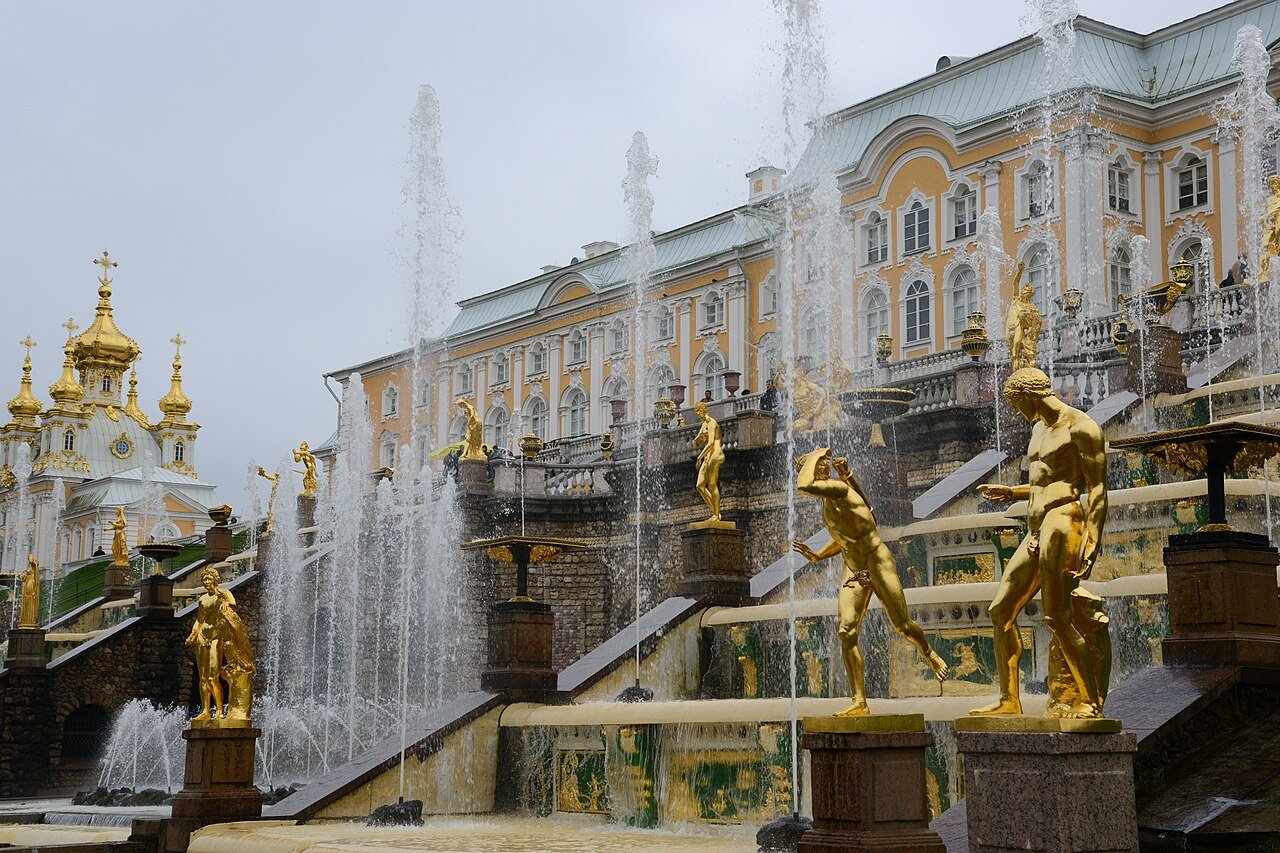 Yes, Peterhof Palace and the surrounding palace-park complex were included in the UNESCO World Heritage List in 1990. This status shows that the palace carries a unique cultural and historical value not only for Russia but also for the entire world. Under UNESCO protection, Peterhof is preserved through regular restoration and maintenance works, with particular care given to ensuring that the original character of the fountains, statues, and palace structures is passed on to future generations. Thus, Peterhof continues to live on both as a tourist attraction and as a cultural heritage site that must be preserved worldwide.
Yes, Peterhof Palace and the surrounding palace-park complex were included in the UNESCO World Heritage List in 1990. This status shows that the palace carries a unique cultural and historical value not only for Russia but also for the entire world. Under UNESCO protection, Peterhof is preserved through regular restoration and maintenance works, with particular care given to ensuring that the original character of the fountains, statues, and palace structures is passed on to future generations. Thus, Peterhof continues to live on both as a tourist attraction and as a cultural heritage site that must be preserved worldwide.